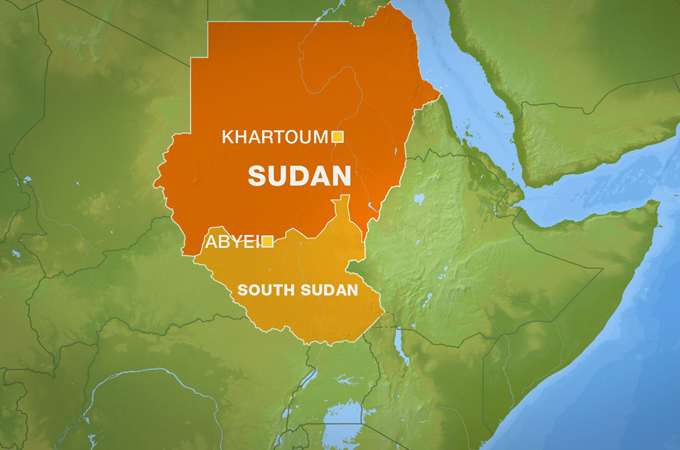Profile: Abyei an emblem of southern struggle
Oil-rich region claimed by South Sudan and the Sudanese government is potential flashpoint for violence.

 |
The disputed region of Abyei straddles the ill-defined border between southern and northern Sudan and boasts of two oilfields – Heglig and Bamboo.
It is claimed by both the governments in Khartoum and South Sudan, which held a referendum on independence in January and is due to become a sovereign state in July.
There have previously been clashes between the two sides over Abyei and two years ago much of the capital, which is also called Abyei, was burned to the ground in fighting between militias from the north and the south.
A referendum for the region to decide whether its people should belong to the south or north was to be held at the same time a broader referendum for the secession of South Sudan was held, but it was indefinitely postponed after the two sides failed to agree on how it should be conducted.
There are two tribes living in Abyei – Arab Misseriya that live a nomadic life, grazing their cattle throughout the region. This tribe is supported by the north. The Ng’ok Dinka, who outnumber the Misseriya, and live a sedantry life, are supported by the south.
The Dinka Ng’ok and Misseriya remain at loggerheads over who gets to vote. The Dinka say only a handful of settled Misseriya tradespeople count as residents. The Misseriya were demanding equal voting rights to the Dinka.
The Dinka Ng’ok have previously said that they would resort to the UN Security Council to demarcate the Abyei boundary.
In July 2009, the Permanent Court of Arbitration in the Hague ruled on the fate of the disputed Abyei state and handed Heglig and Bamboo oilfields to the north.
Didiry Mohammad Ahmed, of the ruling National Congress Party (NCP) in the north, called the ruling a “great achievement”, but it did little to resolve the matter. The Misseriya rejected it saying it still put too much of their pastureland inside Abyei. They have resisted official efforts to demarcate the new border.
The region has emotional, symbolic and strategic significance. A number of leading figures from the south’s dominant party, the Sudan People’s Liberation Movement (SPLM), hail from the area.
Many southerners see the fight for Abyei as an emblem of their long struggle against perceived oppression.
Under the 2005 peace deal, Abyei had a special administrative status, governed by an administration made up of officials from the SPLM and President Omar Hassan al-Bashir’s northern National Congress Party (NCP).
On Saturday, state media reported Bashir had removed the two heads of the Abyei administration and dissolved the administrative council, without giving further explanation.
Abyei was also supposed to be watched over by Joint Integrated Units made up of northern and southern troops and police. In reality those units remain far from integrated and soldiers from both sides have been caught up in the fighting.
Tensions have built up in the oil-producing Abyei region where both sides have built up forces. However, Bashir had said last month that Abyei would remain part of the north after the south secedes in July.
Last week North and South Sudan’s armies accused each other of launching attacks in the contested region, marking an escalation of tensions in the countdown to the south’s independence in July.
Khartoum sent tanks into Abyei town on Saturday and sezied control of it the next day. North Sudan said it had sent in the troops to clear out southern soldiers that it said had entered the area, breaking the terms of earlier agreements.